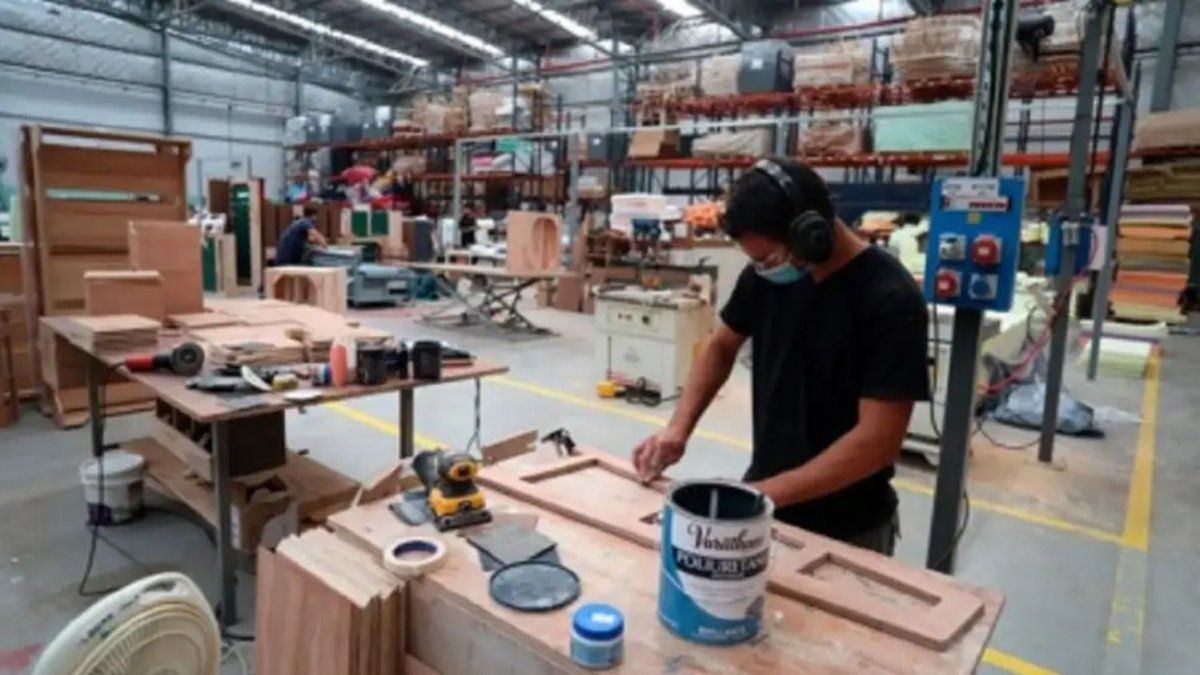Beyond the differentials or intrinsic advantages of SMEs to become eligible places of employmentof its internal challenges and the imperative need for a change of mentality, something that resonates strongly in “disconnected” from Pablo Orcinoliit is the urgency that SMEs build and communicate a powerful counterrelate that uncheck them from the narrative of the greats.
It is not about imitating the big corporations, but about celebrating the SME imprint and, at the same time, undress certain fallacies of that corporate brand promise that, many times, It clashes with the harsh reality of employee experience.
Large companies invest millions in projecting an image of dynamism, innovation, unlimited growth and well -being. His campaigns of Employer Branding They are impeccable, their offices seem thematic parks and their promises of professional development, tempting. However, behind that curtain, Reality for many professionals can be another. And this is where SME counter -revise becomes a strategic tool.
The first layer of this time trial is authenticity. While large corporations fight to maintain a neat and global image, SMEs have the opportunity to show themselves as they are: more human, with accessible leaders and more united teams. The brand promise of many greats is that of a place where it grows without limits, but the reality of the employee’s experience is usually that of rigid structures, suffocating bureaucracy and an impersonality that drown the individual spirit. In contrast, SME can offer real proximity, the possibility that the voice of each amount and a palpable impact on the business. It is not about competing in the size of the building, but in the quality of the human relationship.
The second key point is to highlight the Gap between promise and reality in large companiesespecially with regard to mental health and well -being. The Orcinoli essay, not explicitly mentioning it, invites us to reflect on the dark side of high performance corporate culture. Behind the benefits and career projections, many times, work toxicity is hidden: ultra-competitive environments where pressure is constant, scarce recognition and internal, fierce competition.
It is in this breeding ground where the syndrome of Burnoutanxiety and chronic stress. Talent is exhausted, disappointed and often ends looking for an escape. According to Burnout 2024 study by Bumeran, 91% of working people in Argentina claim to be “burned” or experience Burnout syndrome.
This is where SME has a golden opportunity. His time trial is not that of an endless career, but that of a balance. It is not that of an overwhelming hierarchy, but that of a genuine collaboration. SMEs can offer an environment where The value of the person is not measured only by their productivity, but by their integral well -being. A place where the workload is manageable, where the reconciliation of personal and work life is promoted, and where leadership focuses on development and accompaniment, not only on the demand.
In addition, SME counterrelate must highlight the ability to influence and the direct impact that a professional can have on the business. While in the big ones, the employee is one more piece in a gigantic gear, his often diluted contribution and his autonomy, limited. The promise that “your work changes the world” fades before the insignificance of individual role. The SME, on the other hand, offers the real possibility of seeing the fruit of one’s effort, of participating in key decisions and feeling that each action contributes directly to the success of the business. It is the difference between being a number and being a protagonist.
Finally, this time trial must focus on transparency and close leadership. The promise of the greats is that of inspiring and accessible leadership, but the reality is that leaders are usually in distant executive floors, absorbed in internal dynamics and without real contact with the base. In the SME the leader is often next to each other, sharing the day to day, knowing each other’s realities and offering a feedback Direct and constructive. This closeness builds trust, reduces uncertainty and creates a link that is impossible to replicate in a mega -structure. And, in addition to this, SMEs typically have a story to tell, a place that evidenced their course – achievements, business tour and also failures – as factors to connect with a talent that, if you perceive them, look at them sideways.
Orcinoli’s invitation to SMEs is clear: stop playing with the rules of the greats. It is time to create its own, challenge speech, that value what they really are and what they can offer: Authenticity, real impact and influence, and closeness. It is time for SMEs to encourage the myth that the “big” is always better, showing that the employee’s experience, in many cases, is rich and healthy when living with the SME imprint.
In a context where rotation is a common denominator, and where a collaborator can be attracted to a large company in a moment, by an SME or face his own project in another, talent is looking for more than a famous logo. He is also looking for a place where he can know the global business process, participate in decisions, and rub shoulders with the decision makers. And that place, with a well told narrative, can be a SME. Do you reach it? The answer is no. That is just the beginning.
Source: Ambito
David William is a talented author who has made a name for himself in the world of writing. He is a professional author who writes on a wide range of topics, from general interest to opinion news. David is currently working as a writer at 24 hours worlds where he brings his unique perspective and in-depth research to his articles, making them both informative and engaging.




